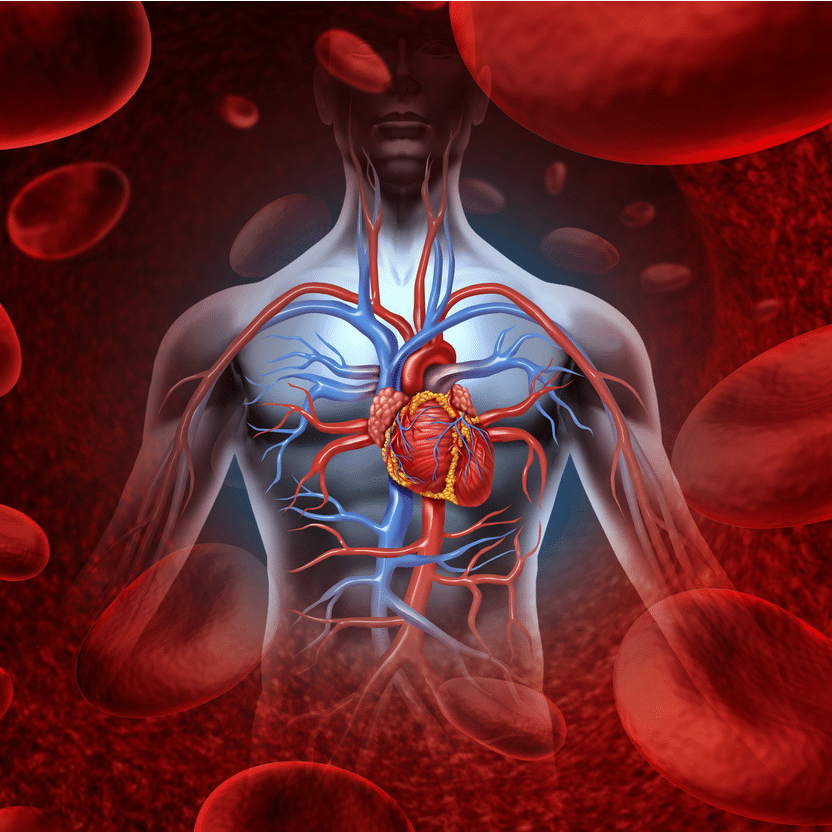This comprehensive review was based on 47 systematic reviews and meta analyses and concluded that higher saturated fat consumption is linked to increased blood cholesterol; increased risk of heart disease; saturated fats should be replaced with unsaturated fats; and there is no need to change current advise that saturated fats should not exceed 10% of food energy.
Markers and risk factors reviewed included: blood lipids, blood pressure, markers of glycaemic control, glucose tolerance, insulin resistance, cognitive function, and anthropometric measures such as BMI, weight change, waist circumference, and gestational weight gain.
Based on findings reducing intake of saturated fats may reduce the risk of CVD and CHD events, reduce total cholesterol, lower LDL cholesterol, and decrease HDL cholesterol. Replacing saturated fats with polyunsaturated fats may reduce risk of CVD and CHD events, reduce total cholesterol and LDL cholesterol, and reduce fasting glucose as well as HbA1c and insulin resistance. Replacing with monounsaturated fats may reduce total cholesterol and LDL cholesterol, as well as reduce HbA1c and insulin resistance but was associated with increased fasting insulin. Replacing with carbohydrates may increase risk of CHD events, reduce total and LDL cholesterol, increase fasting insulin, and increase triacylglycerol.
Professor Paul Haggarty, Chair of the Saturated Fats and Health Working Group of SACN said, “Looking at the evidence, our report confirms that reducing saturated fat lowers total blood cholesterol and cuts the risk of heart disease. Our advice remains that saturated fats should be reduced to no more than about 10% of dietary energy.”
Since the 1980s data shows the main sources of saturated fats have changed very little in three decades, during this time intake has fallen but still remains at around 12% of dietary intake. Main contributors to saturated fat intake include cereals and cereal products, milk and milk products, as well as meat and meat products.
Professor Louis Levy, Head of Nutrition Science at Public Health England says, “SACN’s review supports and strengthens current advice. We recommend eating foods high in saturated fat less often and in smaller amounts and swapping to unsaturated fats to help achieve a healthy, balanced diet. We all need to take action, but food manufacturers, suppliers and caterers have a particular responsibility in helping people to do this.”
UK National Diet and Nutrition Survey data indicates that intake remains above the 10% recommendation: 2014-2015 and 2015-2016 mean intake was 12.4-13.0% for children between the ages of 4-18, 11.9% among those aged 19-64, 12.5% among those aged 65-74, and 14.3% among those aged 75+.
Among children aged 4-10 years the largest contributors to saturated fat intake were milk and milk products at 30% which included whole milk and cheese; cereals and cereal products at 27% which includes pizza, biscuits, buns, cakes, pastries, pies, and puddings; and meat and meat products at 17%.
The UK recommendations are inline and consistent with international guidelines including those made in the USA, Australia, W.H.O, and the European Food Standards Agency, according to the Public Health England press office.
To reduce saturated fat intake try cooking with oils instead of butter; choose lean meat cuts or oily fish rather that fatty meats; choose yogurt instead of ice cream; have a piece of fruit or vegetables instead of cake or biscuits; and replace some of the meat in meals with beans or pulses.




